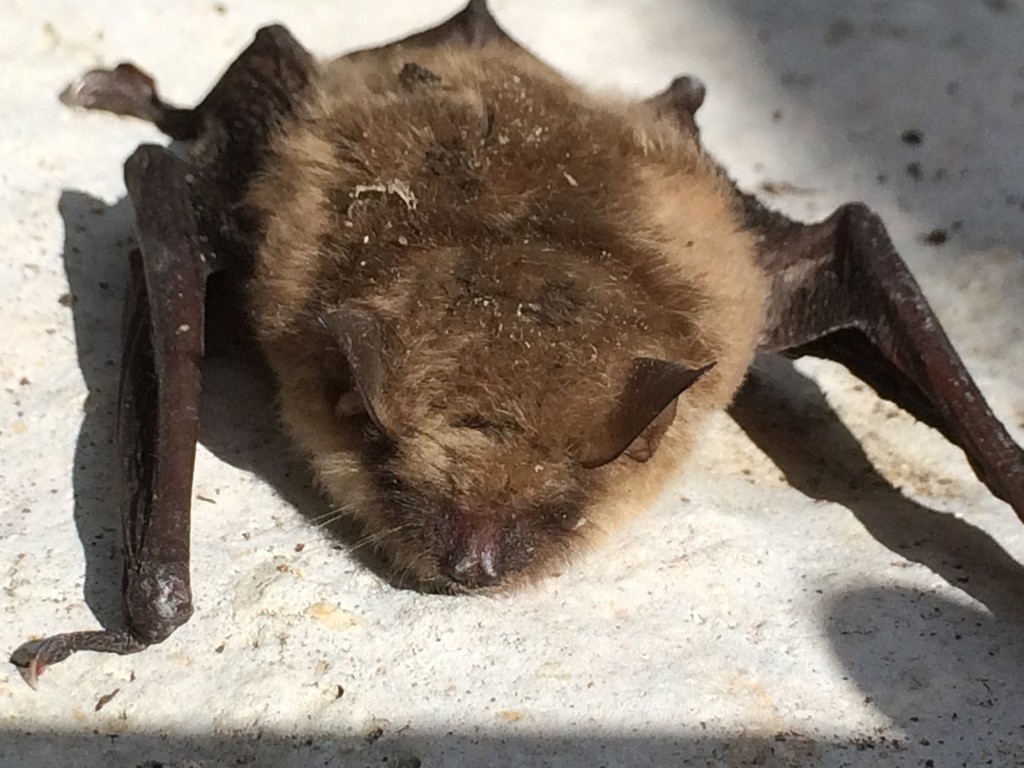Cave myotis
A species of Mouse-eared bats Scientific name : Myotis velifer Genus : Mouse-eared bats
Cave myotis, A species of Mouse-eared bats
Scientific name: Myotis velifer
Genus: Mouse-eared bats
Content
Description People often ask General Info
 Photo By donkeylady , used under CC-BY-NC-4.0 /Cropped and compressed from original
Photo By donkeylady , used under CC-BY-NC-4.0 /Cropped and compressed from original Description
It is larger than most other bats in the Myotis group, with a forearm of 37 to 44 millimetres (1.5 to 1.7 in). The bat is brown with short ears, and can be distinguished from other large Myotis by a bare patch of skin on its back. Male bats are smaller than females. 
People often ask
General Info
Lifespan
13 years
Diet
The dietary habits of cave myotis are primarily insectivorous, consuming a variety of insects. Notably, their diet involves a significant amount of moths and beetles but also includes spiders and other arachnids during the summers.
Appearance
Cave myotis is a medium-sized bat, with a slender, streamlined body and fur that is considerably dense and short. Its overall color ranges from brown to gray, often with a hint of russet. Notable features include its broad, rounded wings and a rounded tragus in the ear. The tail, nearly as long as the body, is encased within a web of skin. There is no significant visual difference between males and females or different ages.
Behavior
The cave myotis is insectivorous, primarily feeding on moths. To capture prey it uses echolocation, typically hunting one or two hours after sunset. Due to their larger size and well-adapted wings, the cave myotis may forage further from their roost than other "myotis" bats. When insect populations are low in spring and autumn, they decrease their food consumption. Adult females consume more food than males due to their size. Females also consume more food during lactation and gestation periods. Juveniles are efficient at foraging; they join their adult counterparts aged as young as four weeks. By six to eight weeks, their daily consumption of insects matches that of an adult. Colonies hibernate from mid October until April. Individuals have lifespan of around thirteen years. 
Population
Stable
Scientific Classification
Phylum
Chordates Class
Mammals Order
Bats Family
Evening birds Genus
Mouse-eared bats Species
Cave myotis